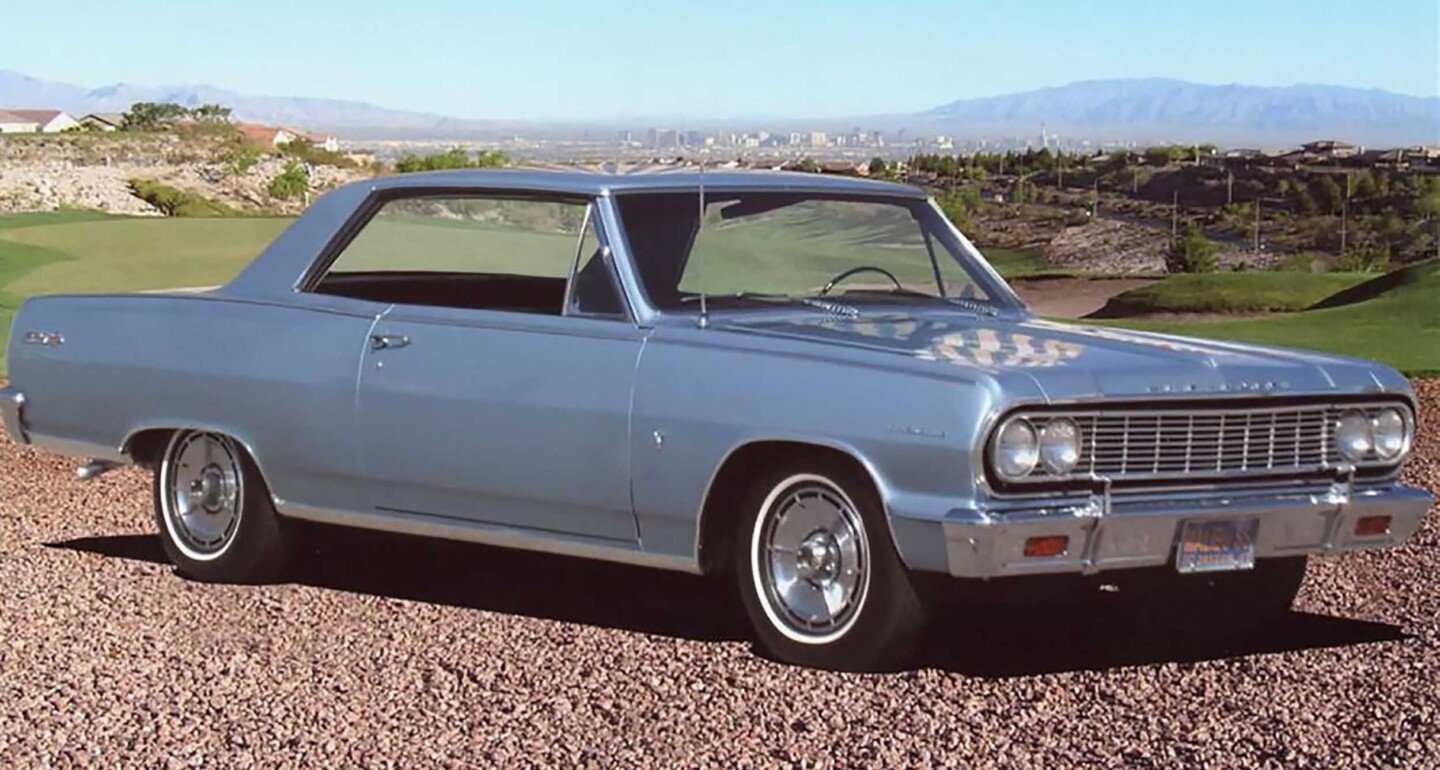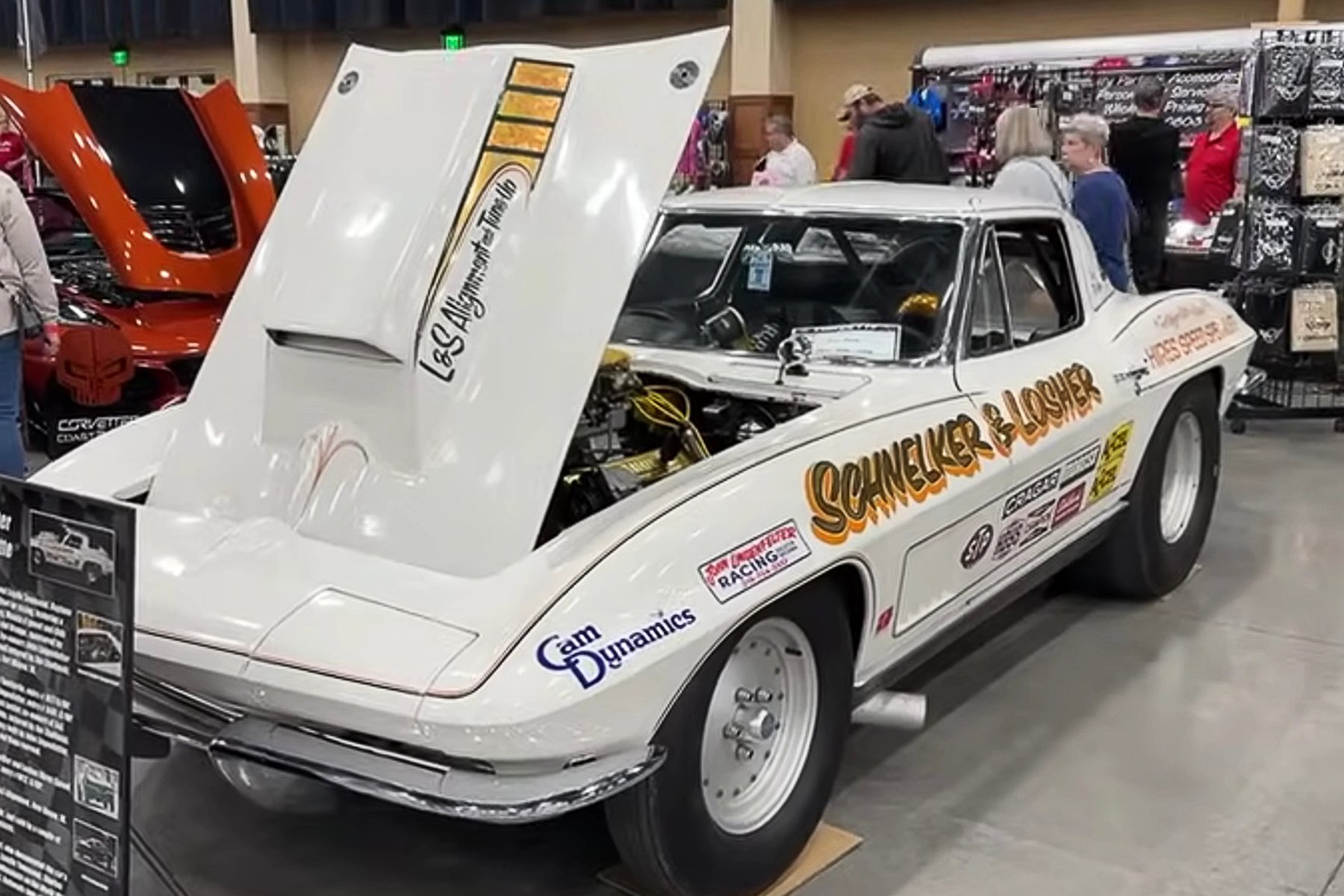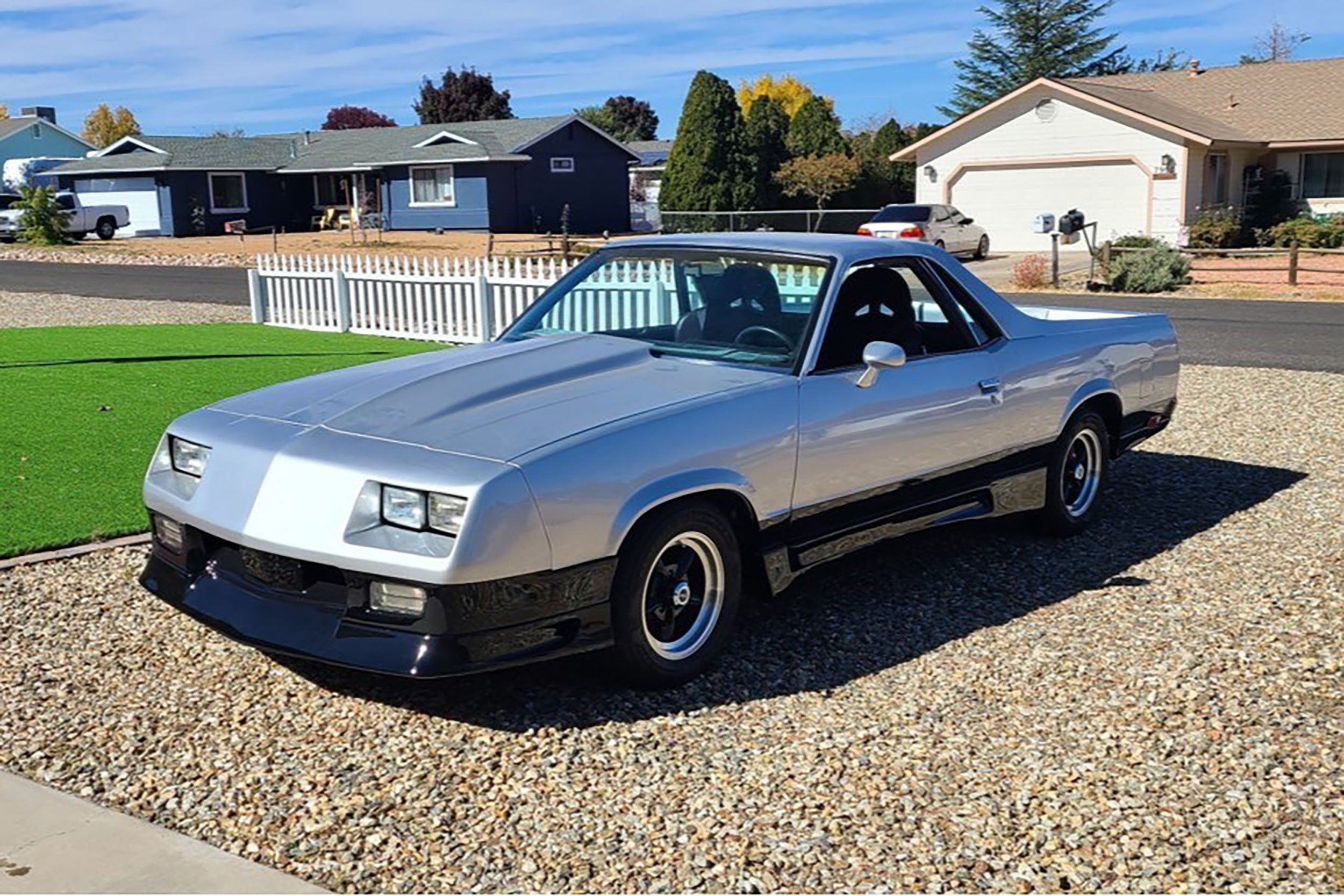The Chevrolet Chevelle was manufactured through three generations, as part of GM’s A-body platform, from 1964 through 1977. It was Chevy’s entry into the “intermediate” segment and for 1970, was offered in several body styles, with a variety of engines and other options to suit a broad variety of Bowtie customers. The Chevelle has been a fan favorite of the muscle car era for decades and the aftermarket is thriving for GM’s A-body.
One of the staunchest supporters of the Chevelle brand is the Original Parts Group in Seal Beach, California. They offer the largest selection of GM restoration parts and accessories with their numerous catalogs and were also a great resource in putting together this story. Check out the OPGI website, which is searchable by year, make, and model. For this story, we’re going to focus on the body styles, engines, assembly plants, and VIN decoding of a 1970 Chevrolet Chevelle.
Three Chevelle Generations
With the first generation, the 1964-’65 cars were very similar in body style, as were the 1966-’67 models. The second-gen 1968-’72 Chevelles brought a distinct body style change featuring a long hood and short rear decklid. Many parts over this generation’s five-year run are interchangeable. The 1973-’77 Chevelles are typically grouped into the third generation of Chevelle production. The 1977 model year was the swan song for Chevrolet’s Chevelle and the end of the Chevelle nameplate. From that point on, the mid-size Chevrolet would continue, known only as a “Malibu”.

The Chevelle badge first went on Chevy’s mid-size car in 1964. Styling remained pretty much the same for the following year.
1970 Chevelle Body Styles & Options
The 1970 Chevelle continued with this new-for-1968 design, but with updated sheet metal revisions that gave the bodies a more coke-bottle styling outside, paired with updated interiors inside the cockpit. A 1970 Chevrolet Chevelle could be had in a sport coupe (hardtop), sport sedan (post), convertible, four-door sedan (post), and a long-roof wagon. The Malibu sport coupe, and convertible were the only choices for Chevy’s Super Sport (SS) options, RPO Z25 with the SS396 and RPO Z15 with the new 454 cubic-inch engine.
Chevelle SS quickly grew into a boulevard brawler with big-blocks, four-speeds, and external cues such as the iconic Cowl Induction hood scoop and hood pins.
“You can make our tough one, even tougher” exclaimed the Chevelle brochure, by adding a Cowl Induction to the SS396 or SS454. Step on the gas and a vacuum-actuated scoop at the base of the windshield opened up “to shoot an extra breath of cool air into the engine intake”. Hood lock pins and tethered clips added with those iconic hood and deck stripes were optional for SS models but came standard with any Cowl Induction order. Chevrolet produced over 634,000 Chevelles for the 1970 production year, including 4,475 street beasts featuring Chevy’s big-block LS6 with 450 horsepower. A 1970 Chevelle SS454 was featured in the 2012 film “Jack Reacher” with Tom Cruise.
1970 Chevelle Models:
1970 Chevelle 300 Deluxe (Canada only)
Body Styles:
Two-door sport coupe
Four-door sedan
Four-door Greenbrier station wagon
Engine Options:
250 cubic-inch, 155 horsepower six-cylinder (base)
350 cubic-inch, 250 horsepower V8 (base)
350 cubic-inch, 300 horsepower V8 (optional)
1970 Chevelle Malibu
Body Styles:
Four-door sedan
Four-door sport sedan
Two-door sport coupe
Two-door convertible
Four-door Concours station wagon
Engine Options:
250 cubic-inch, 155 horsepower six-cylinder (base)
307 cubic-inch, 200 horsepower V8 (base)
350 cubic-inch, 250 horsepower V8 (optional)
350 cubic-inch, 300 horsepower V8 (optional)
402 cubic-inch, 330 horsepower V8 (optional)
1970 Chevelle Malibu Concours Estate Station Wagon
Body Styles:
Four-door station wagon
Engine Options:
250 cubic-inch, 155 horsepower six-cylinder
1970 Chevelle Nomad Station Wagon
Body Styles:
Four-door station wagon
Engine Options:
250 cubic-inch, 155 horsepower six-cylinder (base)
350 cubic-inch, 250 horsepower V8 (base)
350 cubic-inch, 300 horsepower V8 (optional)
1970 Chevelle SS396 (Super Sport)
Body Styles:
Two-door sport coupe
Two-door sedan
Two-door convertible
Engine Options:
396 cubic-inch, 350 horsepower V8
396 cubic-inch, 375 horsepower V8 (optional)
1970 Chevelle SS454 (Super Sport)
Body Styles:
Two-door sport coupe
Two-door sedan
Two-door convertible
Engine Options:
454 cubic-inch, 360 horsepower V8 (optional)
454 cubic-inch, 450 horsepower V8 (optional)
1970 Chevelle VIN Decoder:
First Character: Division of General Motors
1 – Chevrolet
Second and Third Character: Series Designation*
31 – Nomad station wagon, six-cylinder
32 – Nomad station wagon, V8
33 – Standard and Greenbrier station wagon, six-cylinder
34 – Standard and Greenbrier station wagon, V8
35 – Malibu and Concours station wagon, six-cylinder
36 – Malibu and Concours station wagon, V8
38 – Concours Estate station wagon and Monte Carlo, V8
Fourth and Fifth Character: Body Style/Model
36 – Four-door station wagon, two-seat
37 – Two-door sport coupe
39 – Four-door sport sedan
46 – Four-door station wagon, three-seat
57 – Monte Carlo two-door sport coupe
67 – Two-door convertible
69 – Four-door sedan
80 – Two-door sedan pickup (El Camino)
Sixth Character: Year of Production
0 – 1970
Seventh Character: Final Assembly Plant
R – Arlington, Texas
A – Atlanta, Georgia
B – Baltimore, Maryland
F – Flint, Michigan
K – Kansas City, Missouri
L – Van Nuys, California
1 – Oshawa, Ontario, Canada
Eighth – Thirteenth Characters: Sequential Production Numbers
The sequential production number for the 1970 Chevelle began with 100001 at most Chevelle assembly plants with the Arlington and Oshawa plants being the exception. Arlington Assembly started Chevelle numbering at 200001, and Oshawa, Ontario started Chevelle numbering at 500001. Each assembly plant sequenced all Chevelles without regard to a specific series or model. For example, if a series 13436 station wagon followed a 13667 Malibu convertible, the sequence number would be one unit higher for the wagon.
It’s also possible to have the same sequence number from four 1970 U.S. assembly plants (Atlanta, Baltimore, Flint, and Kansas City), with the only difference of each of the VINs being the plant code (seventh character of the VIN). This would only apply to Arlington sequence numbers from 200001 through 222339 since Arlington sequence numbers began with 200001; Baltimore’s last reported sequence was 207939, and Kansas City’s last reported sequence was 222339.
It should be noted that the Monte Carlo and Chevelle were built on the same assembly lines at Baltimore, Flint, and Los Angeles (Van Nuys) and sequencing numbers would be within the same range. So, if a Monte Carlo had a sequence number of 123456, a next-in-line Chevelle would be sequence number 123457.
Production at the Baltimore assembly plant exceeded 100,000 units in early June, while the Kansas City plant exceeded 100,000 units sometime in early May. Likewise, the Van Nuys plant exceeded 100,000 units sometime in mid-to-late June, so the VIN sequence from those timeframes to the end of production would be 2nnnnn for the Baltimore, Kansas City, and Van Nuys plants. Those last sequence numbers could also match VINs from Arlington since their sequence numbers started with 200001.
Throughout each generation, the Chevelle nameplate has enjoyed upgrades and changes. Even in its final iteration, the 1973-’77 Chevelles enjoyed popularity on both the road and the tracks around America. While convertibles and hardtops were dropped throughout the last generational run of Chevelles, the new body style and updated chassis were a hit with customers and enthusiasts enjoyed being able to still purchase the SS option through 1973, featuring a 350 or 454 cubic-inch V8 and four-speed transmission. The upscale Malibu continued to be a fan favorite and when Chevrolet decided to revamp the mid-size car in 1978, only the Malibu name remained with the Chevelle moniker finally laid to rest.
* The El Camino is not a separate series nameplate but rather a body style in both the base Standard (33/34) and Malibu (35/36) series, although it’s often listed as such. The base (33/34) El Camino is a 2-dr sedan pickup body style with standard trim whereas the (35/36) El Camino Custom is a 2-dr sedan pickup body style with Malibu trim.









